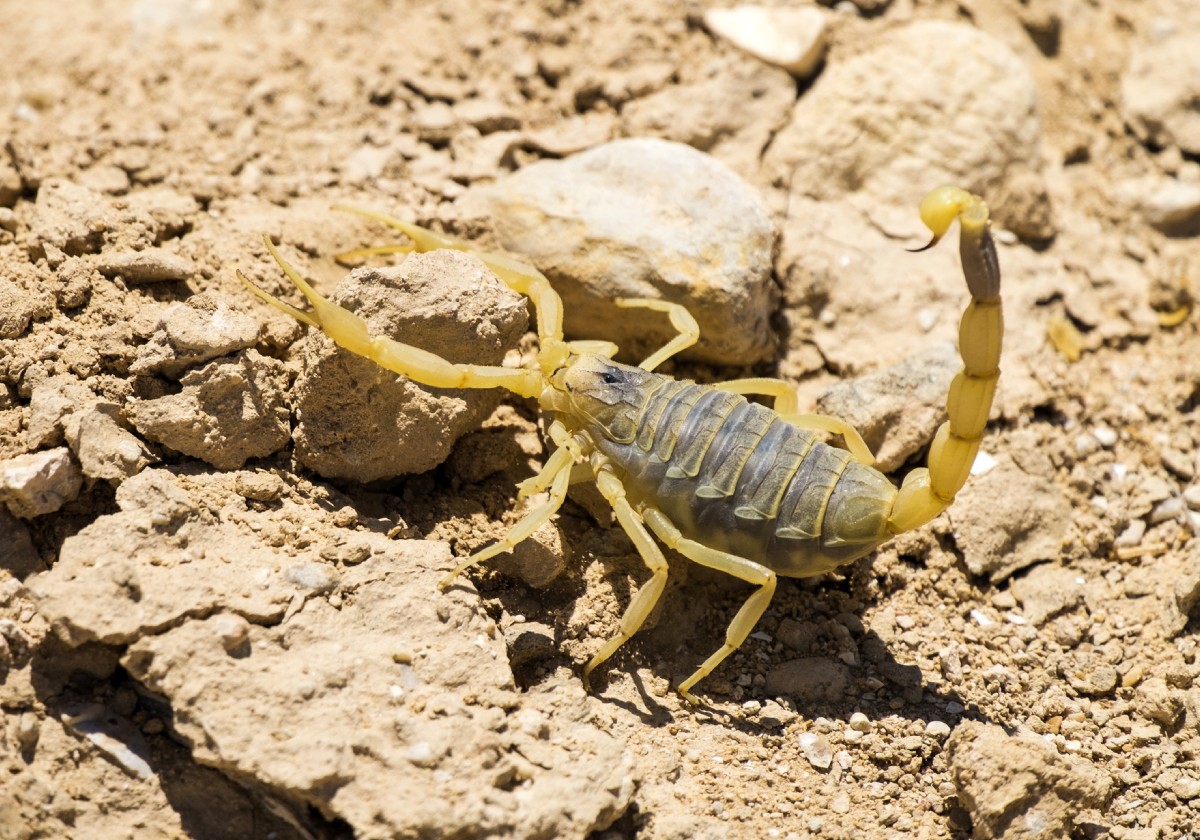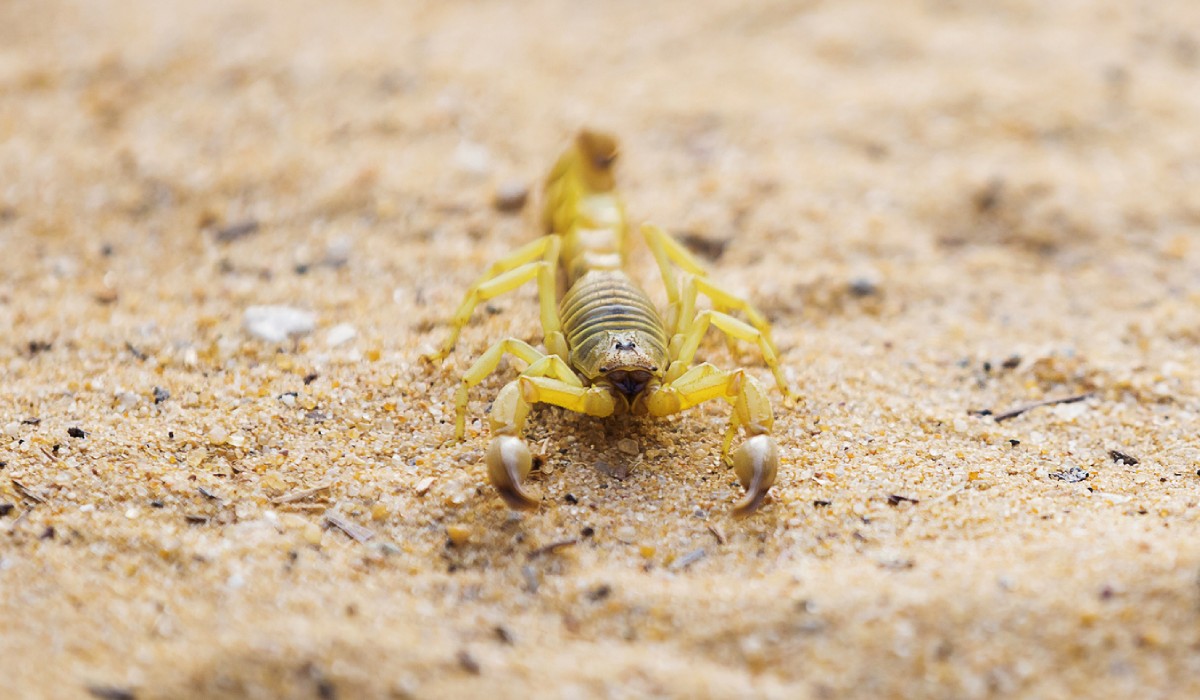Scorpions have been a part of Earth’s rich tapestry of life for over 400 million years, striking both awe and fear in the hearts of many.
With their armored exoskeletons, pincers, and infamous venomous tails, these arachnids have successfully colonized a myriad of habitats.
Let’s embark on a journey to understand the various types of scorpions that grace our planet.
“Old World” is a term used historically to describe the Eastern Hemisphere, primarily Africa, Asia, and Europe. When referring to “Old World scorpions,” it means scorpions that are native to these regions. In contrast, “New World” typically describes the Americas (North, Central, and South America). So, “Old World scorpions” are those species that are indigenous to the continents of Africa, Asia, and Europe.
One of the standout members of this family is the Deathstalker Scorpion. Native to North Africa and the Middle East, this scorpion is renowned for its potent venom, which, despite its danger, is being researched for potential medical applications.

The Yellow Fat-Tail Scorpion, hailing from this family, is another force to be reckoned with. Distributed across Africa and parts of Asia, its sting can be deadly, necessitating caution when in its natural habitat.

New World Scorpions: The Western Protectors
New World Scorpions:
“New World” is a term historically used to refer to the Western Hemisphere, especially the Americas (North, Central, and South America). When talking about “New World scorpions,” it means scorpions that are native to these regions. In the context of scorpions, this distinction helps in classifying and understanding the geographical distribution and evolutionary lineages of different scorpion species. So, “New World scorpions” are those species that are indigenous to the continents of North, Central, and South America.


Scorpions are creatures that have been around for a very long time. Some come from places like Africa and Asia, while others are found in the Americas.
They have stingers that can be dangerous, so it’s important to be cautious around them. Whether in the deserts or forests, knowing about the different types and where they live can help us avoid unwanted surprises. It’s always good to be informed and stay safe.
For more information on scorpions. See our scorpion guide.
Davis Pest Control © 2025 All Rights Reserved.